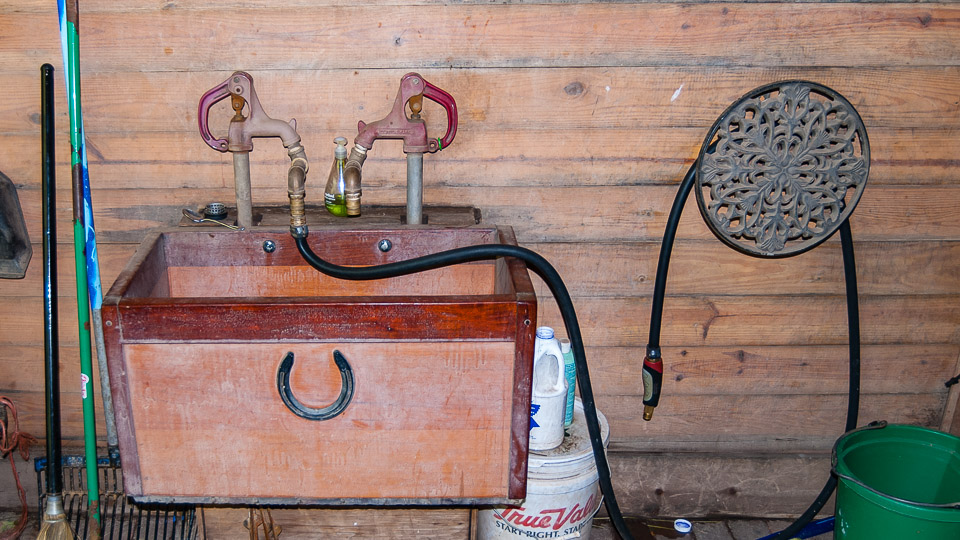
Horse Farm Systems – Water Systems
Water either comes from the ground or from the sky. It is then tapped into and poured into a container for our horses to drink. While simple in concept, the different systems devised by humans to get this heavy liquid necessary for life to the horse are many.
**CONTINUED IN ARTICLE TAB**
Related material – Sometimes I have a lot of material here that I have written, podcasted, video blogs and other things. They will be listed in this tab.
Use the browser back button or menu to return to the index of topics.
⬇︎ CLICK ANY IMAGE BELOW TO REVEAL MORE INFORMATION ⬇︎
Water either comes from the ground or from the sky. It is then tapped into and poured into a container for our horses to drink. While simple in concept, the different systems devised by humans to get this heavy liquid necessary for life to the horse are many.
Some water is treated for odors and minerals using filters and additives such as chlorine. The water needs to be safe to drink. This said there are some horses that drink more when the tank is actually dirty. I just don’t know what the right answer is but I think it is true that moving water (creek, spring fed, artesian well) or changed water (refreshed daily) is OK while stagnant water is bad. Dead animals in the water are bad. Some leave the fill hose or another solid object in the water to allow animals and insects to find an escape route. Green growth on the tank wall in fresh water is actually not bad as this keeps the water clean – as long as fresh water continues to enter the tank. Some even add fish to a large tank of water to maintain the health of the water. No harm seems to have come to horses drinking moving water with fish in it.
Winter adds another factor to horses drinking. When I lived in upstate New York where winter had temperatures below 0 F (-18 C) the buckets in the stalls became a frozen cube. Every day the ice was smashed out of the bucket or was placed in a warm tack room to melt it enough to remove the cube. Outside the stock tanks commonly had an electric heater in it that kept the water ice free.
We discovered and used on our farm a propane heater to keep out tanks ice free. A large LP tank was delivered in the fall, filled throughout the winter and removed in the spring. A metal boot – shaped and waterproof structure was inserted in one end of the metal tank. It was about 6 inches (15cm) in diameter and about 3 feet (1m) tall. Inside this structure was a burner and a pilot flame like you would see on any hot water heater. A thermostat regulated when the flame was ignited or snuffed. Not only was the water warmed but the horses drank more water in winter than I had ever seen before using this heater. In all my years as a vet I have never seen any other farm with these heaters. They were a little finicky but they were awesome.
This gallery shows some of the many plumbing systems used to store, filter or move water. Some are perfect and some can only be used where temperatures remain above freezing. Below freezing adds complexity to systems.
Water bucket safety prevents eyelid damage.
- Additional tables
- Links to other in house articles
- Links to outside articles
- Reference material used in developing this topic.
There are no related articles here if you don’t see linked items.



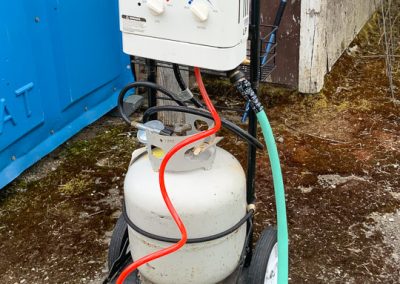
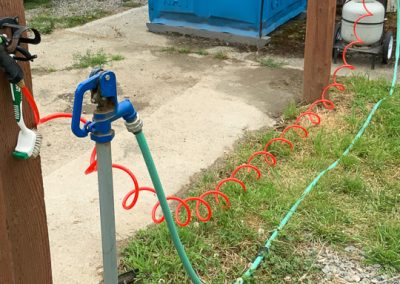

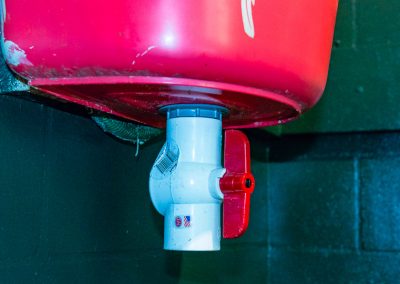
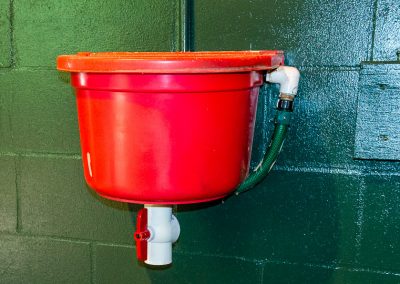
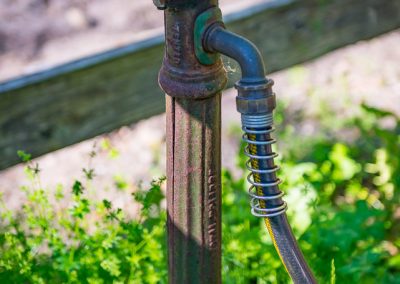
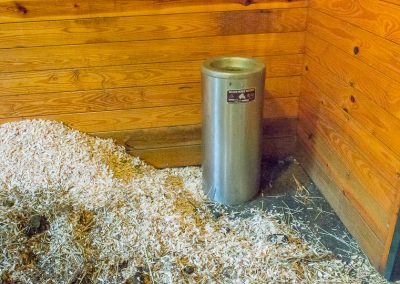
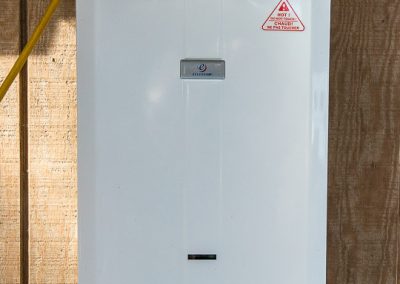
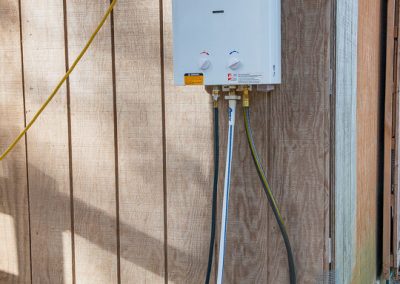
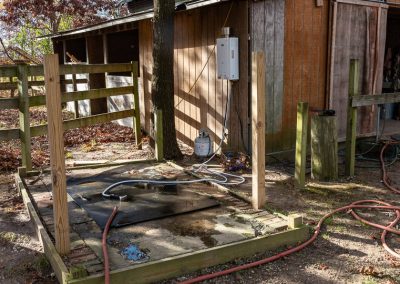
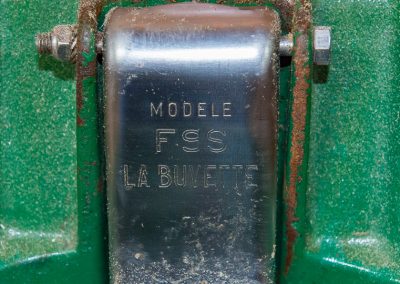
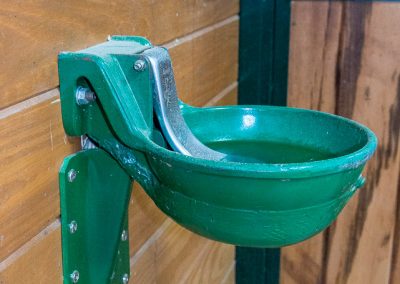
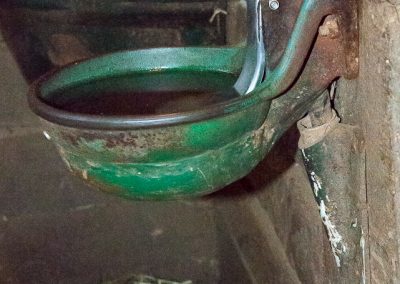
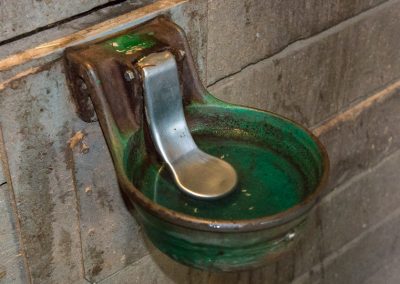
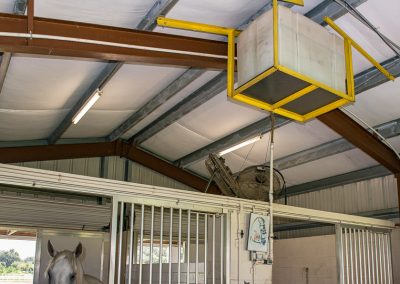
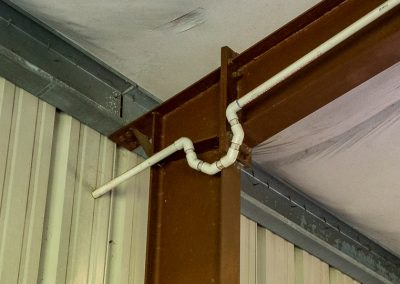
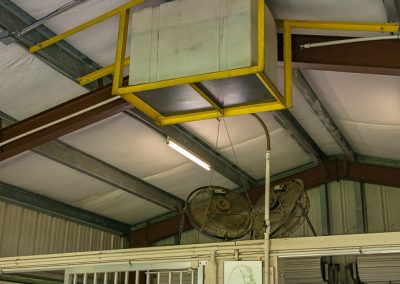
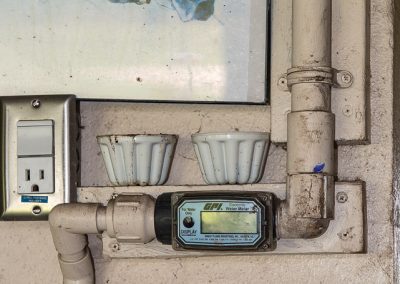

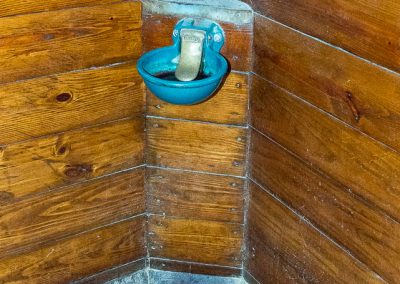
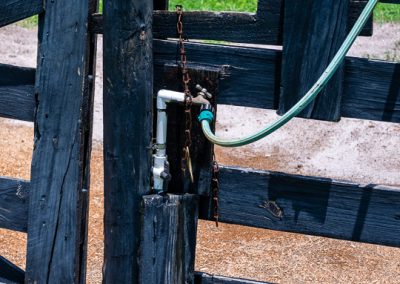
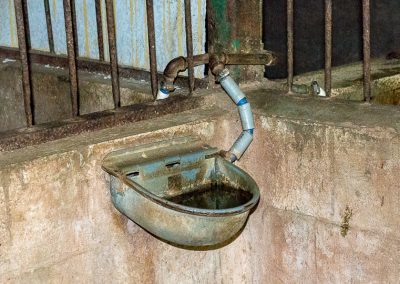
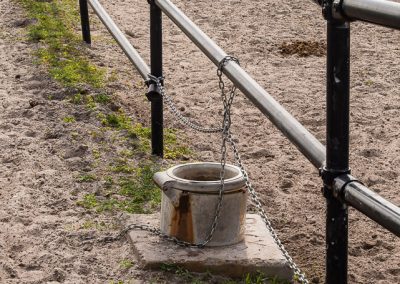

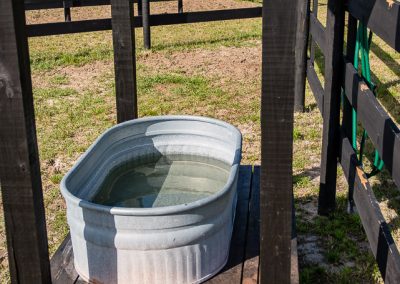
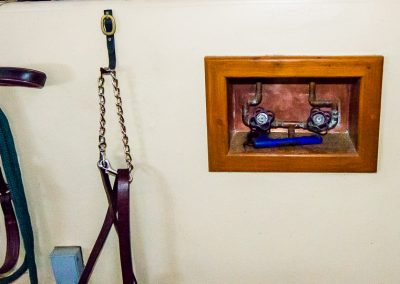

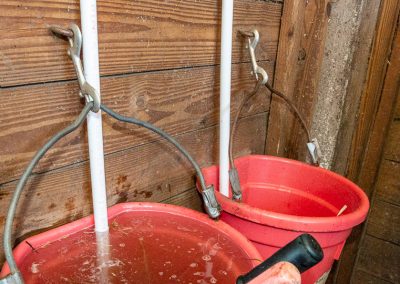
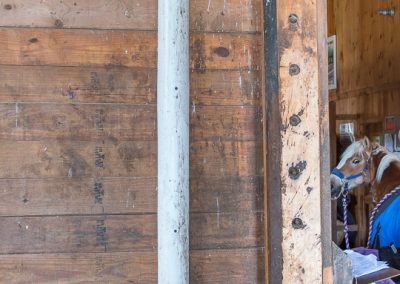
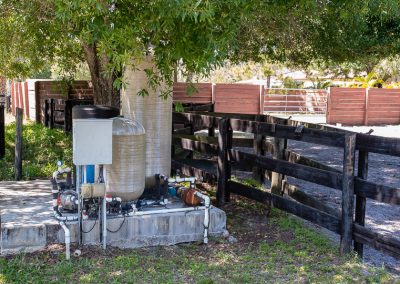
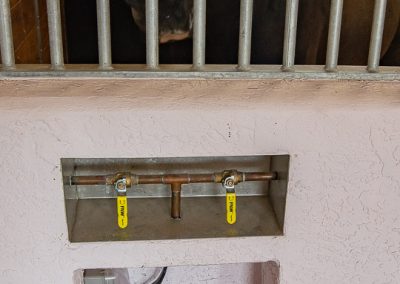
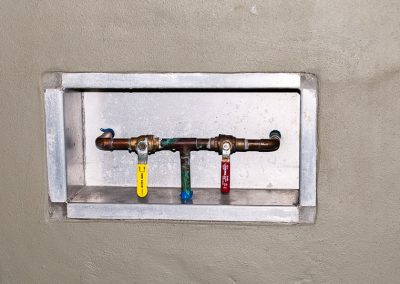


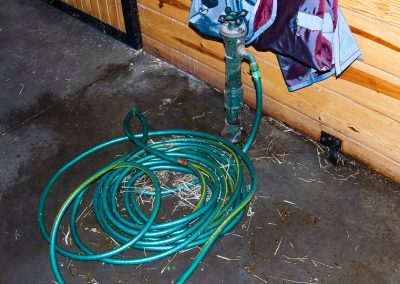
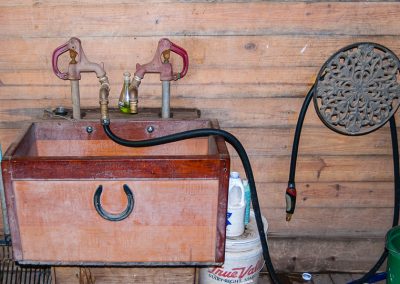
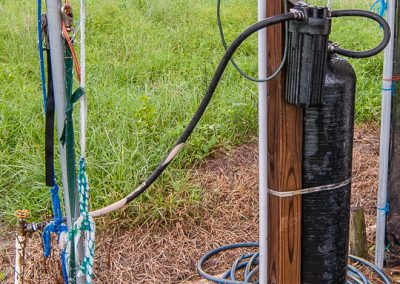

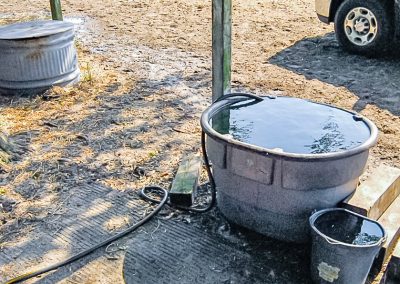

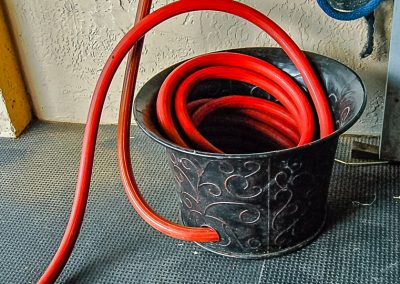
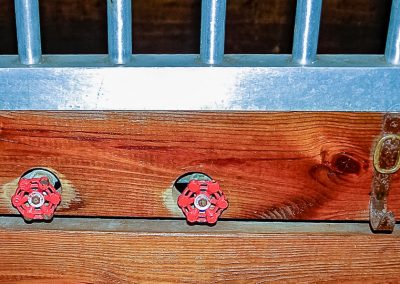



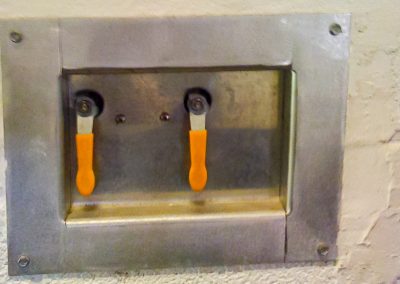

Responses